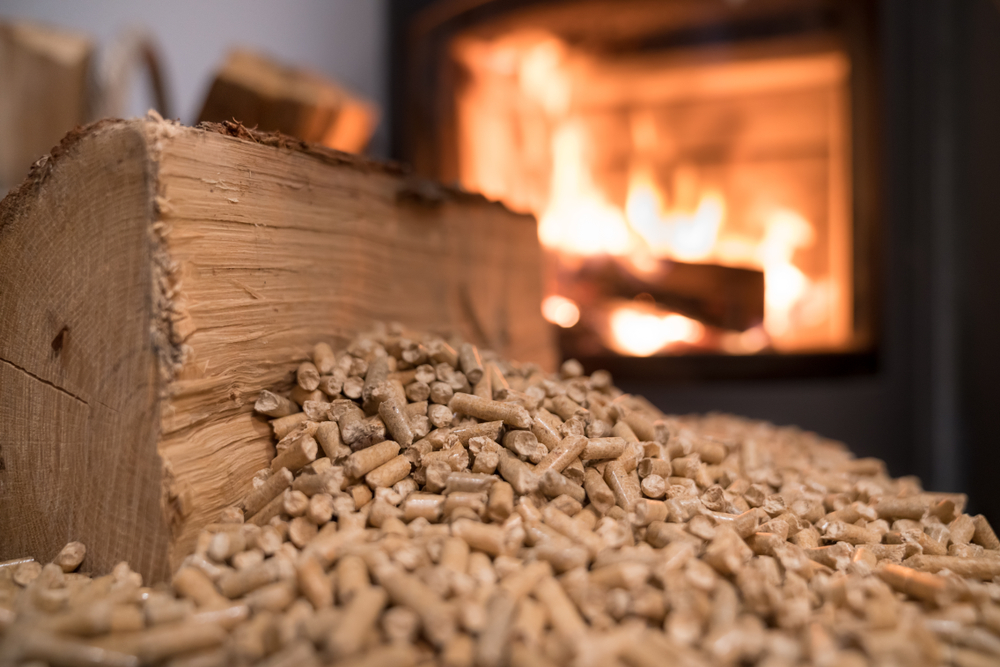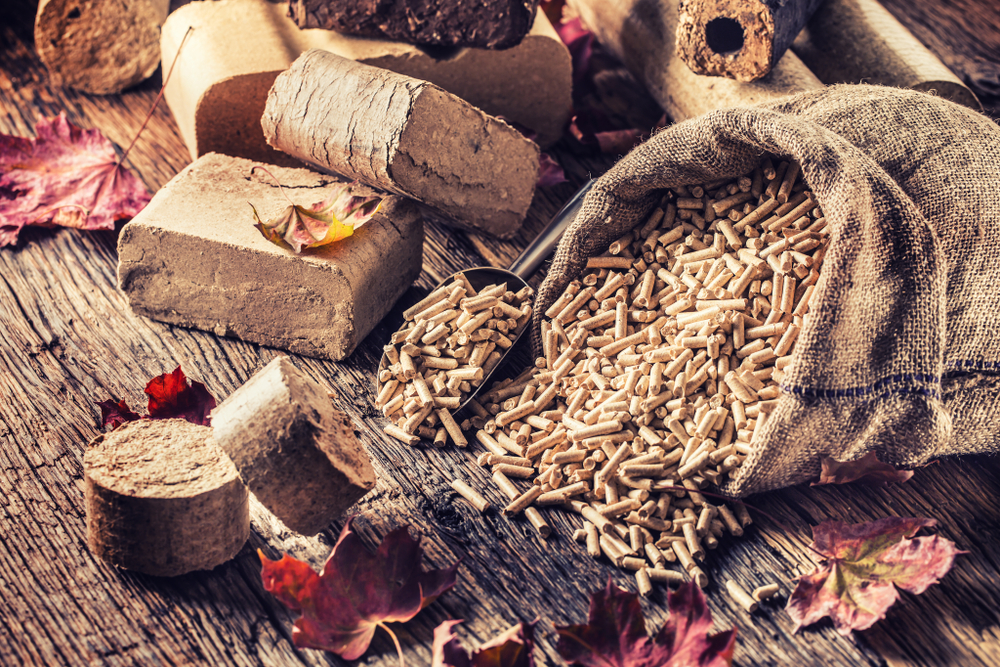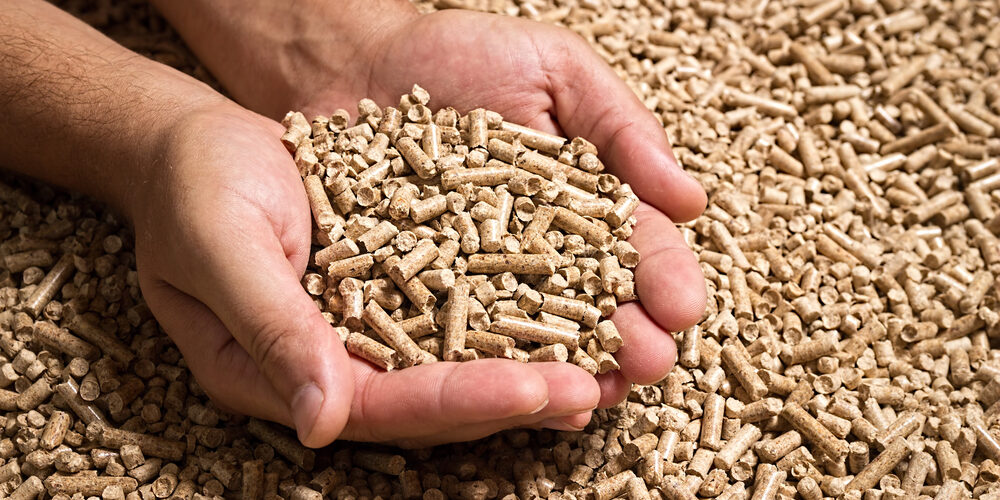The market for pellet stoves and boilers has grown considerably in recent years, making this innovative heating system particularly popular in both modern and traditional homes.
Pellets are cleaner and easier to use than wood or fireplaces, and are much more efficient than traditional heating systems.
Pellets, savings and environmental sustainability
The real strength of pellets is that they are a profitable investment because they are:
- much cheaper than other solutions, as it is perfectly capable of ensuring excellent performance on its own;
- environmentally friendly, as pellets are an environmentally sustainable choice.
How much money can you save with pellets and how can you help the environment? Using quality certified pellets significantly reduces the emission of fine dust. The amount of CO2 that a pellet stove emits during combustion is at least 10 times less than other types of heating.
Assuming that we have to heat a 100 square metre house with a pellet stove, we have to budget a sum of costs of 800 euros. For the same size of dwelling, using an oil boiler, the heating costs would rise to almost 1,600 euros. A methane boiler, on the other hand, would entail an assumed cost of 900 euros per year. In these conditions, therefore, pellets are decidedly more convenient.

How can the flame of the pellet stove be optimally regulated?
There are a series of factors to be considered to ensure that your pellet stove always performs to its maximum potential: in fact, certain maintenance operations and precautions must be carried out periodically, which have a decisive effect on flame regulation, allowing the flame to be always alive and well fed by the fuel. Here’s what they are:
- The choice of fuel, which must necessarily be of good quality and have a low level of humidity inside. Any operating problems, such as weakness and irregularity of the flame, could depend on the inadequacy of the fuel.
- Check that the air intake system is always clean and properly controlled. To burn pellets correctly, the stove needs to take in an optimal amount of air, the same that allows the flame to remain high and efficient.
- Adjusting the air supply according to the type and quality of the pellets used and requesting the right amount of heat from the device, it is necessary to intervene on the flame adjustment, with the possibility of using different options depending on the desired temperature. (setting levels from 1 to 5 or from 1 to 10)
In the event of problems, however, it is necessary to contact a specialised technician who can quickly resolve the problem, without jeopardising the integrity and efficiency of the device by not relying on professionals.
How to recognise quality pellets
Three quality classes were ultimately established based on the physical and chemical characteristics of the pellets, based on specific factors examined, including: the ash content, which if too high increases the number of dusts produced in combustion and implies more frequent stove cleaning; the amount of sawdust in the bag, a symptom of excessive friability of the product, a problem that would inevitably affect combustion.
The standard establishes the main evaluation criteria to be taken into account to define the quality of wood pellets and determines three quality classes: A1, A2 and B. Class A1 and class A2 identify pellets derived from vegine wood or wood residues that have not undergone any kind of chemical treatment. A1 and A2 differ mainly in their ash content. Class B, on the other hand, also allows the use of chemically treated wood residues and is therefore the least valuable of the three types.
It can therefore be deduced that the highest quality, excellent pellets are class A1, medium quality pellets are class A2 and the least recommended for private use is class B. Generally speaking, A2 and B class pellets are the ones most used for commercial or industrial use, as they are cheaper.

Pellet scams, here’s how to avoid them
- Do not trust overly cheap prices. Finding extra cheap prices could conceal a poor product or a scam, as the profit on pellets is very low and a lower outlay could mean a lack of quality.
- Only buy from specialised shops and sites, paying attention to the name of the supplier. Another tip is to buy pellets on offer only from specialist sites or shops. A specialised site/shop has every interest in offering a good choice of brands and more information on product certification.8
- Always ask for a valid VAT number and names of suppliers and, if possible, ask for photos of the product before it is shipped.
- Give preference to domestic purchases, as there is a greater guarantee of satisfactory business by relying on specialised websites/shops for quality and payment.
- Pay close attention to products from foreign countries: the pellet sector, like all expanding economic activities, is also a temptation for criminals: from eco-mafias organised on a global scale to simple fraudsters. Choosing the highest quality pellets means evaluating not only the explicit need for good combustion, but also the aspects of environmental protection and social respect.







